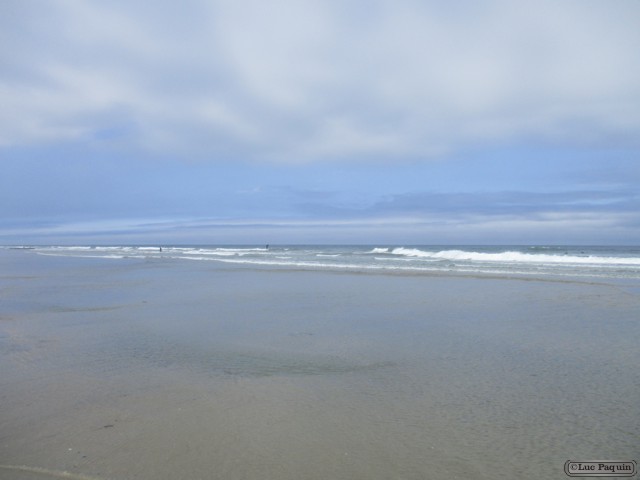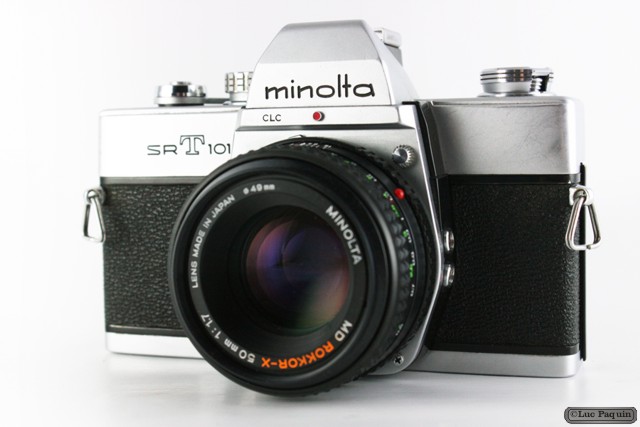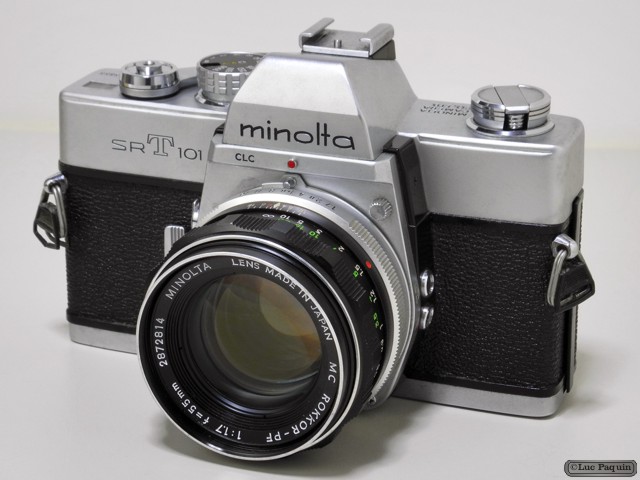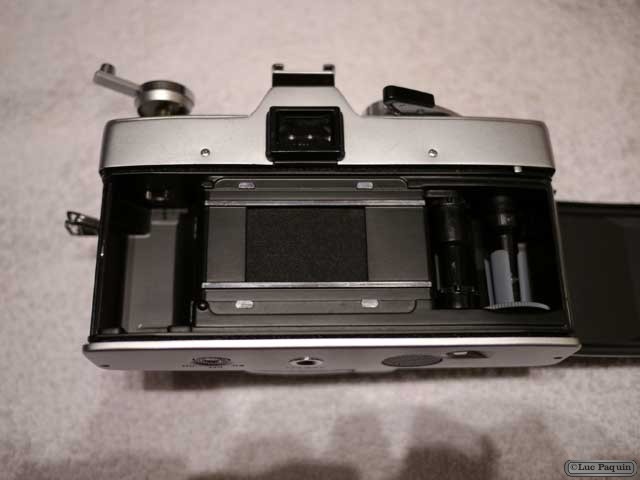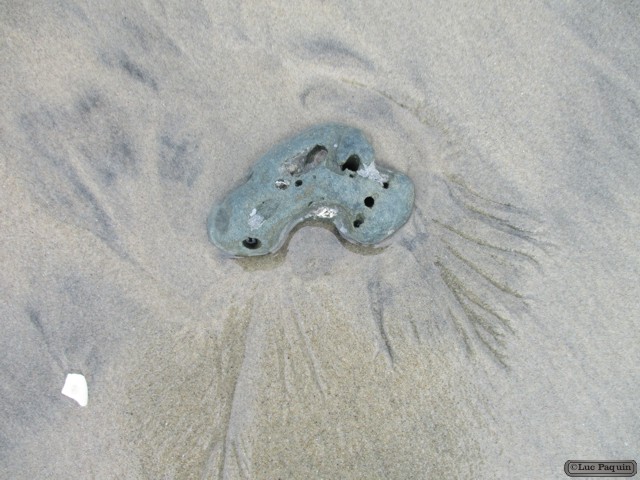Monthly Archives: June 2015
Year: 2015 (June 10, 2015)
11″ x 8.5″
Media: Canon® Pro Platinum High Gloss Photo Paper
Printers: Canon® PIXMA
Color
Art: Photo
Artist: Luc Paquin
Solana Beach, California, USA
Eden Gardens
The neighborhood of Eden Gardens (also known as La Colonia), one of the oldest residential areas of Solana Beach, was a community formed in the 1920s by Mexican farmers who were hired by the owners of large ranches in Rancho Santa Fe. These farmers wanted their families nearby, hence the formation of La Colonia (the colony). The name Eden Gardens came later from a land developer who thought it would be a good marketing tool. Many residents still refer to the area as La Colonia. Famous residents include Chicano rapper Lil Rob and comedian Rene Sandoval who were born and raised in the community.
Luc
Year: 2015 (June 10, 2015)
11″ x 8.5″
Media: Canon® Pro Platinum High Gloss Photo Paper
Printers: Canon® PIXMA
Color
Art: Photo
Artist: Luc Paquin
Solana Beach, California, USA
Solana Beach returned to the national spotlight on April 25, 2008 when retired veterinarian and 38-year resident Dr. David Martin, 66 years old, suffered a fatal injury from an extremely rare great white shark bite while swimming with a group approximately 150 yards off shore near Solana Beach’s Fletcher Cove. The group of swimmers reportedly began their swim at Tide Beach Park to the north. Surfers in the area of Fletcher Cover noted harbor seals in the water and a wounded seal on the beach at Fletcher Cove just before the attack, the latter being a typical sign of sharks feeding in the area. Recent increases in the seal population along the Southern California coast – and the seals’ tendency to swim in close proximity to human swimmers – is suspected to be contributing factors in the attack.
Luc
Year: 2015 (June 10, 2015)
11″ x 8.5″
Media: Canon® Pro Platinum High Gloss Photo Paper
Printers: Canon® PIXMA
Color
Art: Photo
Artist: Luc Paquin
Solana Beach, California, USA
While still a relatively tranquil coastal town, the city received national news in 2003 upon becoming the first city in the Continental United States to enact a smoking ban on its public beaches, a trend which has continued as many other coastal Californian towns have followed suit in banning smoking on their beaches. Solana Beach was the last coastal community in North San Diego County to ban alcohol on the beach, doing so for at least a year in an action unanimously approved by the City Council.
Luc
Description
The Minolta SR-T 101 is a 35mm manual focus SLR camera with Through-The-Lens exposure metering – TTL for short, that was launched in 1966 by Minolta Camera Co. Staying in production for ten years with only minor changes, proves the thorough effort being put into the development of the camera before the introduction. The design is based on the innovative Minolta SR-7 model V camera of 1962, but the principal design is inherited from the original 1958 Minolta SR-2. The SRT 101 however, has several significant features apart from the TTL meter. The most significant one is perhaps the full aperture metering facility, automatically compensating for the at any time fitted lens’ maximum aperture, a feature it took twelve more years for Nikon to accomplish. Full aperture TTL metering was commercially first realised in the brilliant Tokyo Kogaku Topcon RE Super, a feature first realised in a screw mount camera by the introduction of the Olympus Kogaku Olympus FTL, their first full frame 35mm SLR in 1971, but which was abandoned one year later in favour of the remarkable OM system.
Due to a large pentaprism and double-hinged reflex mirror, the SRT 101 has an extremely bright finder with a central micro prism focusing aid that in most cases proves to be very convenient, requiring no apparent lines in the motive, since all out of focus objects appear to shimmer. All relevant exposure information is visible in the finder, including a battery check index mark showing the required meter needle deflection for a healthy battery when the ON/OFF meter switch on the camera base is set to BC.
The SRT 101 was also made available in black. The top cover and the base plate are finished in black enamel while most metal parts are black chromed, but the wind lever is black anodised. The parts still chromed, to name the most obvious ones, include the shutter-release button, the mirror lock-up knob, the depth-of-field preview button and the lens-release button.
Features
- Through-the-lens (TTL), full-aperture metering
- Predecessor to the modern matrix metering system, called Contrast Light Compensation (CLC)
- Mirror lock-up (on earlier models)
- Depth-of-field preview
- Shutter speed visible in viewfinder
- Self timer
- Mechanical, horizontal travel, focal-plane shutter
- Minolta MC (Meter Coupled) Lens Mount
Luc
Year: 2015 (June 10, 2015)
11″ x 8.5″
Media: Canon® Pro Platinum High Gloss Photo Paper
Printers: Canon® PIXMA
Color
Art: Photo
Artist: Luc Paquin
Solana Beach, California, USA
The community grew slowly, but steadily throughout the rest of the century, with particular booms occurring in the decade after World War II and a real estate boom in the last quarter of the 20th century. In 1986 the community officially incorporated as the city of Solana Beach. That year, the city hosted the final funeral services for Desi Arnaz, who had died in Del Mar. Arnaz’s funeral was held at St. James Roman Catholic Church, the only Catholic church in the city and part of the Diocese of San Diego.
Luc
Year: 2015 (June 10, 2015)
11″ x 8.5″
Media: Canon® Pro Platinum High Gloss Photo Paper
Printers: Canon® PIXMA
Color
Art: Photo
Artist: Luc Paquin
Solana Beach, California, USA
The area was first settled by the San Dieguitos, early Holocene inhabitants of the area. During the Spanish colonial era, trails heading north near Solana Beach crossed inland to avoid the marshes and inlets of the area. The George H. Jones family were the first settlers in the area now known as Solana Beach, arriving in 1886. Until 1923, the main area known as Solana Beach had been called Lockwood Mesa. When Lake Hodges Dam was built in 1917-18, the area encompassing Solana Beach began to develop rapidly. The creation of the 12,000-acre Santa Fe Irrigation District in 1918 ensured that the area from Rancho Santa Fe through Solana Beach would prosper and expand. The coastline from Solana Beach to Oceanside began to boom in the early 1920s. In 1922 Colonel Ed Fletcher, an early community leader and developer, purchased 140 acres at $20 per acre from farmer George H. Jones to develop the town of Solana Beach, with the help of his brother-in-law Eugene Batchelder. To provide access to the beach for the development, hydraulic water pressure was used to erode away tons of earth and create the Fletcher Cove entry and beach. This took one man three months with a fire hose, using water that was coming over the spillway at Lake Hodges Dam. The beach was opened with great fanfare including horse races on the beach on July 4, 1925.
Luc
Year: 2015 (June 10, 2015)
11″ x 8.5″
Media: Canon® Pro Platinum High Gloss Photo Paper
Printers: Canon® PIXMA
Color
Art: Photo
Artist: Luc Paquin
Solana Beach, California, USA
Solana Beach is an affluent city in San Diego County, California. The population was 12,867 at the 2010 census.
According to the United States Census Bureau, the city has a total area of 3.6 square miles. 3.5 square miles of it is land and 0.1 square miles of it (2.88%) is water.
Over 12,000 residents call this small beach community their home. The Pacific Ocean is to the west; the community of Cardiff-by-the-Sea to the north, and the City of Del Mar to the south. The unincorporated village of Rancho Santa Fe is located on the east side.
Luc
Year: 2015 (June 10, 2015)
11″ x 8.5″
Media: Canon® Pro Platinum High Gloss Photo Paper
Printers: Canon® PIXMA
Color
Art: Photo
Artist: Luc Paquin
Solana Beach, California, USA
Beach
The sand deposit may extend well inland from the berm crest, where there may be evidence of one or more older crests (the storm beach) resulting from very large storm waves and beyond the influence of the normal waves. At some point the influence of the waves (even storm waves) on the material comprising the beach stops, and if the particles are small enough (sand size or smaller), winds shape the feature. Where wind is the force distributing the grains inland, the deposit behind the beach becomes a dune.
Luc
Year: 2015 (June 10, 2015)
11″ x 8.5″
Media: Canon® Pro Platinum High Gloss Photo Paper
Printers: Canon® PIXMA
Color
Art: Photo
Artist: Luc Paquin
Solana Beach, California, USA
Beach
There are several conspicuous parts to a beach that relate to the processes that form and shape it. The part mostly above water (depending upon tide), and more or less actively influenced by the waves at some point in the tide, is termed the beach berm. The berm is the deposit of material comprising the active shoreline. The berm has a crest (top) and a face – the latter being the slope leading down towards the water from the crest. At the very bottom of the face, there may be a trough, and further seaward one or more long shore bars: slightly raised, underwater embankments formed where the waves first start to break.
Luc
Year: 2015 (June 10, 2015)
11″ x 8.5″
Media: Canon® Pro Platinum High Gloss Photo Paper
Printers: Canon® PIXMA
Color
Art: Photo
Artist: Luc Paquin
Solana Beach, California, USA
Beach
Although the seashore is most commonly associated with the word beach, beaches are found by lakes and alongside large rivers.
Beach may refer to:
small systems where rock material moves onshore, offshore, or alongshore by the forces of waves and currents; or geological units of considerable size.
The former are described in detail below; the larger geological units are discussed elsewhere under bars.
Luc


